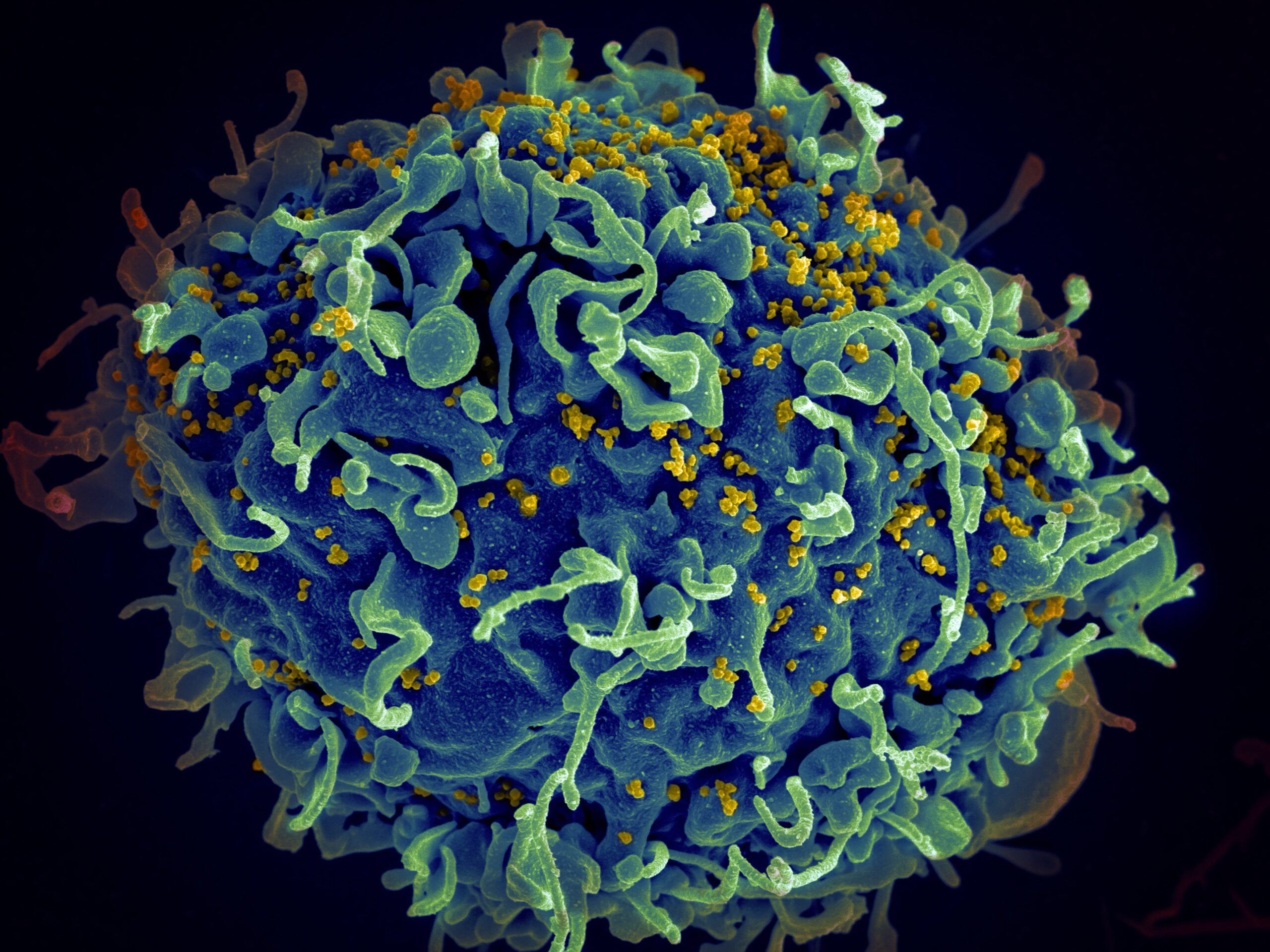Last Updated on September 11, 2024 by admin
Introduction
HIV, or Human Immunodeficiency Virus, is a viral infection that attacks the immune system, specifically the CD4 cells (T cells), which play a crucial role in fighting off infections. While HIV can be a serious condition, early detection and treatment can significantly improve outcomes. In this article, we will delve into the various symptoms of HIV, how it is transmitted, and the importance of getting tested.
Common Symptoms of HIV
HIV symptoms can vary from person to person, and some individuals may not experience any symptoms at all in the early stages. However, here are some common signs and symptoms that may indicate an HIV infection:
- Fever: A persistent low-grade fever (around 100-101°F) that lasts for several weeks is one of the early signs of HIV.
- Fatigue: Feeling constantly tired and lacking energy can be a symptom of HIV.
- Swollen Lymph Nodes: HIV can cause swelling of the lymph nodes, particularly in the neck, armpits, and groin.
- Sore Throat: A persistent sore throat that doesn’t seem to go away can be an indication of an HIV infection.
- Rash: Many people with HIV develop a red, itchy rash on their skin, often on the chest, back, and face.
- Muscle and Joint Pain: HIV can cause muscle aches and joint pain, similar to flu-like symptoms.
- Headache: Persistent headaches, often accompanied by other symptoms, can be a sign of HIV infection.
- Night Sweats: Excessive sweating during the night, unrelated to external factors, can be a symptom of HIV.
- Weight Loss: Unexplained weight loss can occur in individuals with HIV, particularly in the later stages of the infection.
Transmission of HIV
HIV is primarily transmitted through certain body fluids, including blood, semen, vaginal fluids, and breast milk. The most common modes of transmission are:
- Unprotected Sexual Contact: Engaging in vaginal, anal, or oral sex without a condom with an infected person increases the risk of HIV transmission.
- Sharing Needles: Sharing needles or syringes with an HIV-positive individual can lead to direct transmission of the virus.
- From Mother to Child: HIV can be transmitted from an infected mother to her baby during childbirth, breastfeeding, or pregnancy.
- Blood Transfusions: Although rare, HIV can be transmitted through blood transfusions or organ transplants if the blood or organ is infected with the virus.
The Importance of Testing
Getting tested for HIV is crucial, especially if you engage in high-risk behaviors or suspect you may have been exposed to the virus. Early diagnosis allows for timely medical intervention, which can help manage the infection and prevent further transmission to others. HIV testing is confidential, and various testing options are available, including blood tests, oral swabs, and home testing kits.
Conclusion
Recognizing the symptoms of HIV is essential for early detection and intervention. If you experience any of the symptoms mentioned or believe you may have been exposed to HIV, it is important to consult a healthcare professional for testing and guidance. Remember, knowledge is power, and taking proactive steps towards your sexual health can make a significant difference in your overall well-being.
References:
- Centers for Disease Control and Prevention. (2021). HIV Basics. Retrieved from https://www.cdc.gov/hiv/basics/index.html
- Mayo Clinic. (2021). HIV/AIDS. Retrieved from https://www.mayoclinic.org/diseases-conditions/hiv-aids/symptoms-causes/syc-20373524
- World Health Organization. (2021). HIV/AIDS. Retrieved from https://www.who.int/news-room/fact-sheets/detail/hiv-aids

